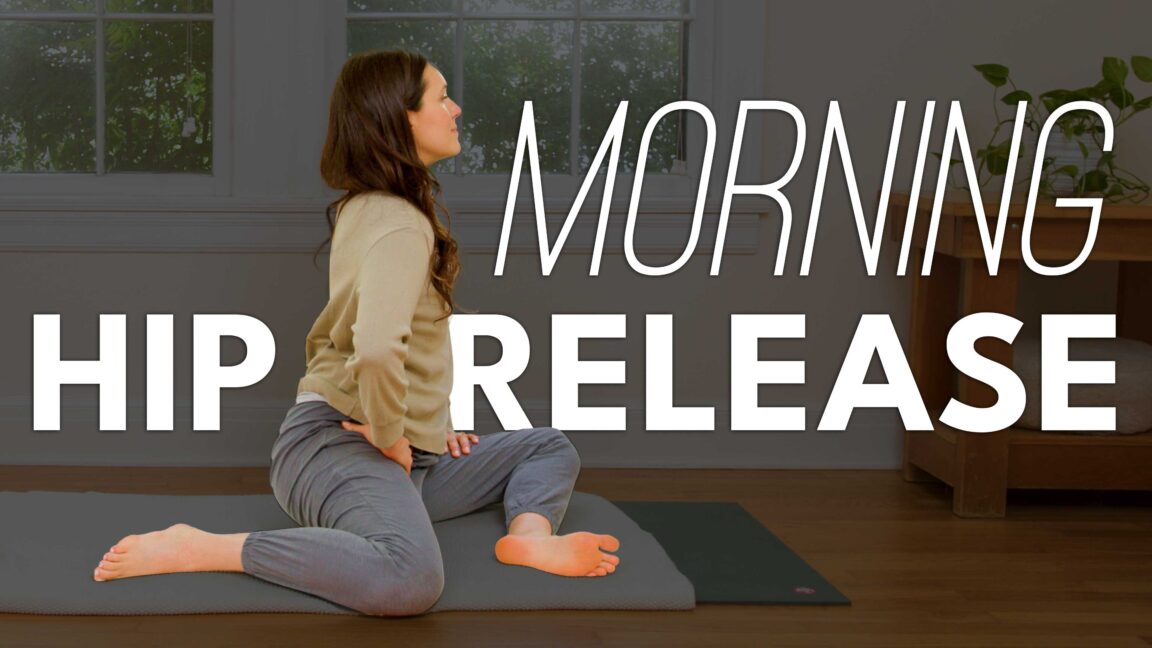I do yoga every day and did it all my life. It works out the whole body, so its great for keeping lean. The obvious benefit for martial arts would be flexibility and balance. I am by far the most flexible person in my judo class and I am the only guy.
However all my flexibility did for me so far was to amaze the black belts at how they could bend my body using their judo XD . I am a beginner still, so I dont know about the martial arts part. If I wouldnt be so flexible, some of the things they did to me would have really hurt me, but I guess they did them because they know by now it doesnt hurt me.
However all my flexibility did for me so far was to amaze the black belts at how they could bend my body using their judo XD . I am a beginner still, so I dont know about the martial arts part. If I wouldnt be so flexible, some of the things they did to me would have really hurt me, but I guess they did them because they know by now it doesnt hurt me.


